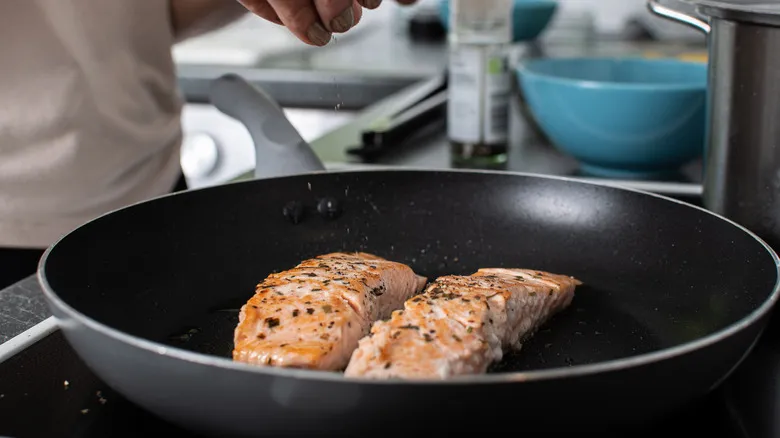Fish like it hot
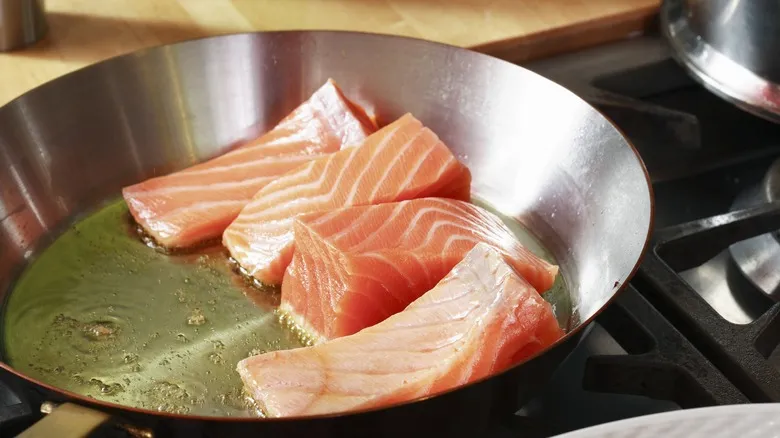
Your skillet should be sizzling and the oil glistening by the time the fish touches the surface. A hot skillet prevents sticking and enhances flavor by achieving a perfect brown crust. Preheating the skillet removes moisture from the meat, allowing fats like butter or cooking oil to keep the surface slick, ensuring your herby lemon butter fish skillet turns out balanced and flavorful. In contrast, a lukewarm pan will draw moisture in, causing your fish to "bond" with the skillet and stick.
Meat adheres to your pan because the proteins in certain foods can form chemical bonds with the metal surface. Your fish and frying pan should be acquaintances, not close friends, and the right heat level helps maintain that distance. Otherwise, you'll find yourself scraping off fish remnants when cleaning your cherished non-stick pan. It's also essential to select the appropriate pan for cooking fish. Cast iron and stainless steel pans are well-suited for the high temperatures needed to achieve a deliciously crispy, browned exterior on your fish. Non-stick pans can handle delicate foods like flaky fish but may not endure high heat effectively.
Recommended
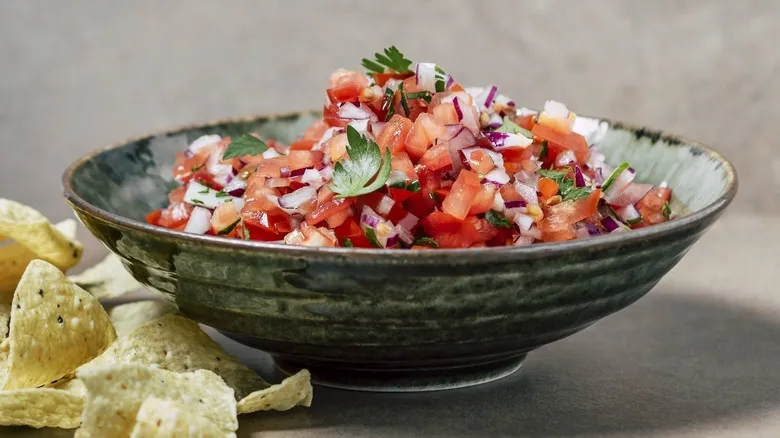
Here's How Long Your Fresh Homemade Salsa Will Last In The Fridge

Add One Pantry Staple To Meatballs For A Flavor-Packed Upgrade
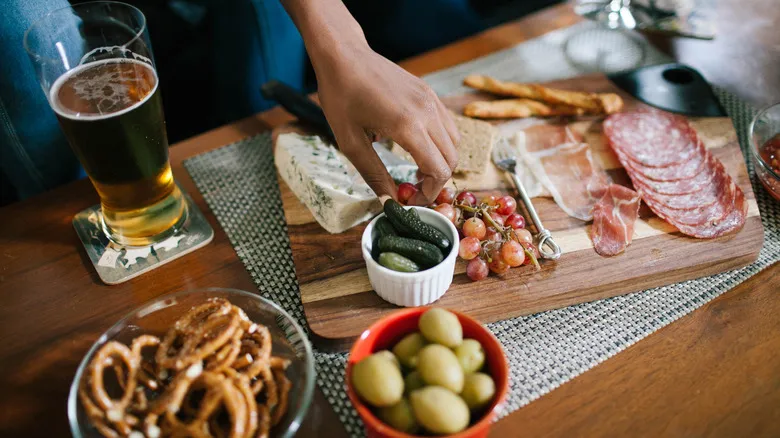
4 Expert-Approved Tips For Building Better Charcuterie Boards
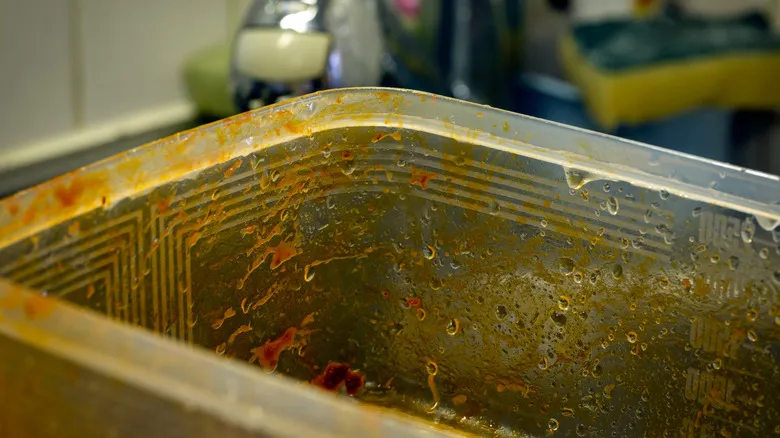
Does Tomato Sauce Permanently Stain Plastic Containers?
Next up

